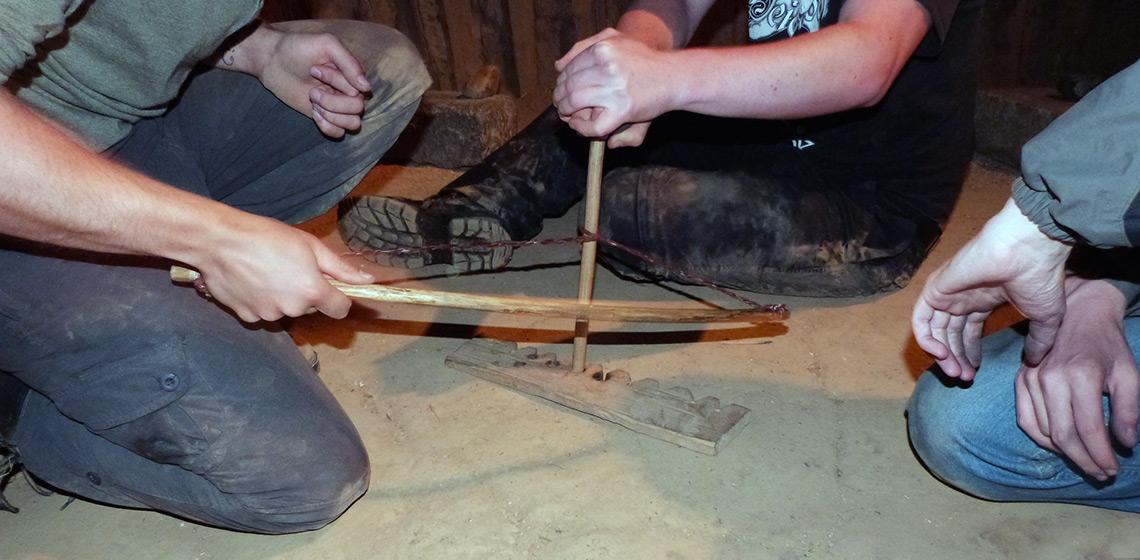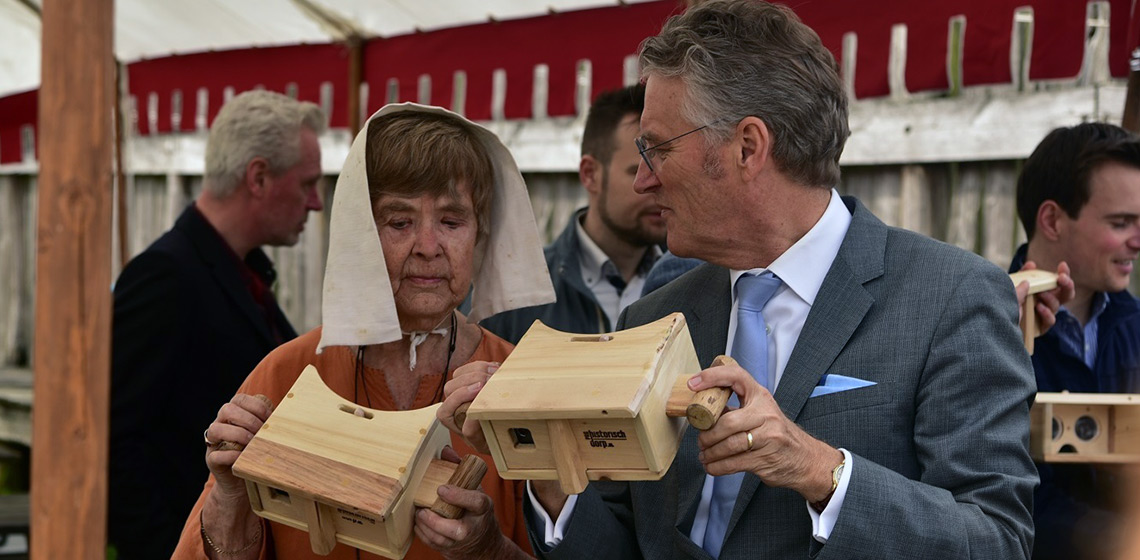Arkéos - Musée et Parc Archéologique (FR)
This museum was created by the Douaisis Community in order to promote the archaeological discoveries of the area, due to excavations that lasted almost 40 years. With its two axes, the museum and the park, Arkéos aims at offering an interpretation of the history of a territory and of those who shaped it.
The archaeological park, spread in 75.000 m2, is accessible to the public through a passage connecting it to the museum. The Park is devoted to the Medieval times (11th century), and consists of a number of reconstructions of medieval buildings and natural spaces relevant to the historical context. The buildings are reconstructed based on the traces and the remains found during the excavations. A special attention is drawn to the year 1000, which is unique for the region.








